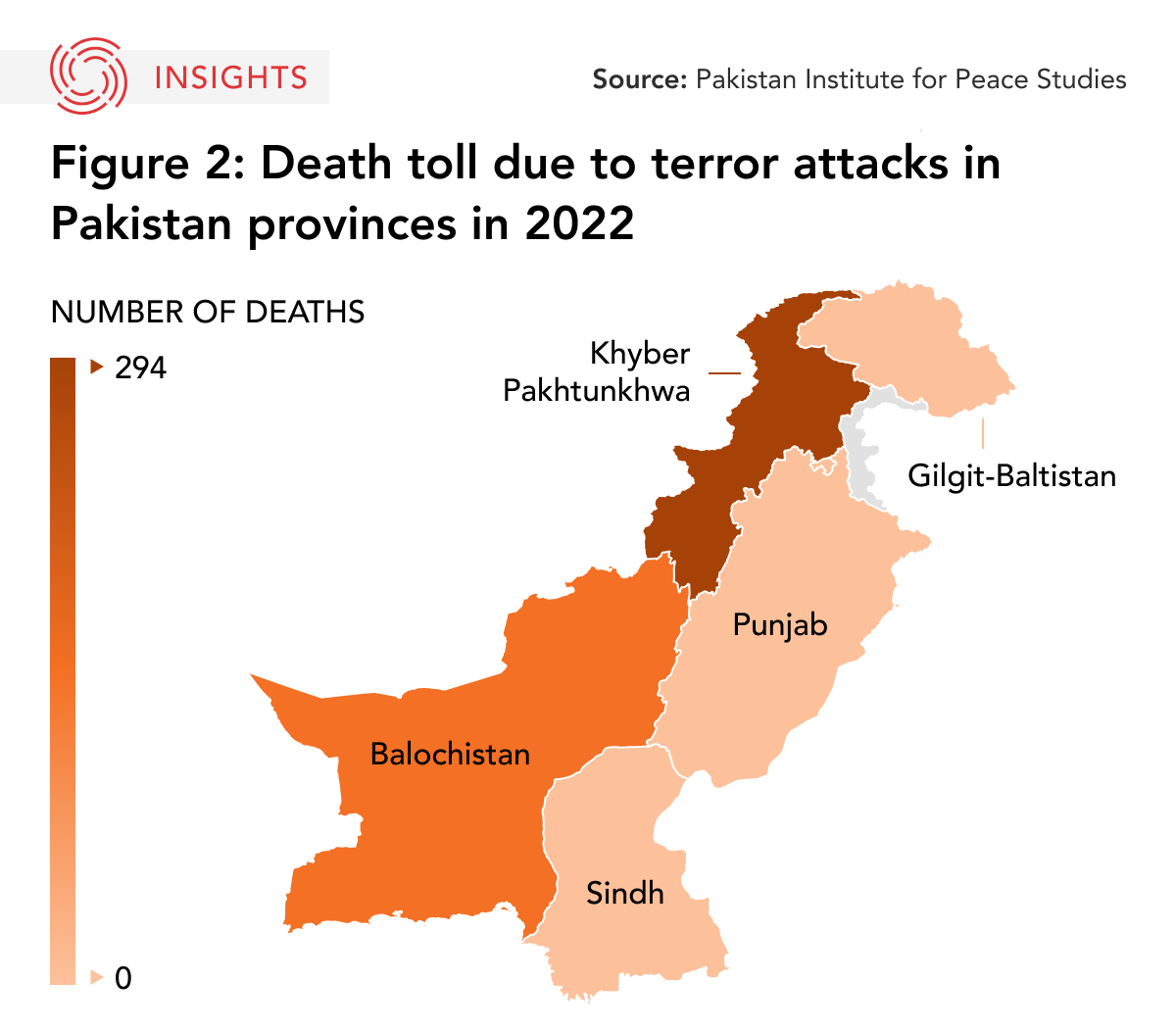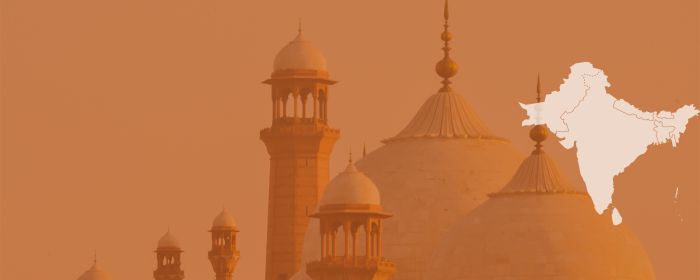The Takeaway
The Tehreek-e-Taliban Pakistan (TTP), also called the Pakistani Taliban, has grown in confidence and resources following the Afghan Taliban’s return to power in 2021. A group ideologically fuelled by both Pashtun nationalism and Islamic fundamentalism, the TTP has threatened Pakistan with fresh violence, even singling out its leaders. At a time when Pakistan’s economy is already teetering on the brink of collapse, and the country faces general elections, the TTP could sow further internal strife.
In Brief
Pakistani Minister of Foreign Affairs Bilawal Bhutto-Zardari, on January 17, ruled out the possibility of talks with the TTP and accused the previous government, led by Imran Khan, of following a policy of “appeasement” towards the militant group. The announcement, made on the sidelines of the World Economic Forum’s annual meeting in Davos on January 19, comes roughly two months after the TTP called off a ceasefire with the Pakistani government. In November 2022, the militant group called on its members to carry out fresh attacks across the country, and to target political leaders in particular.

Implications
In August 2021, when the Afghan Taliban completed their capture of Afghan territory, the group’s rise gave a renewed vigour to their Pakistani Pashtun allies. The years 2021 and 2022 saw a dramatic increase in violence, with 335 people (2021) and 419 people (2022) killed in Pakistan in terrorist attacks, most of them in the northwestern province of Khyber Pakhtunkhwa, a TTP stronghold (Figure 1 and Figure 2). Increased violence from the TTP has pushed people in Khyber Pakhtunkhwa, millions of whom were displaced in previous military offensives, to protest. While Swat Valley saw fresh protests in October 2022 against renewed violence, South Waziristan saw protests in January 2023. The demands were similar – people in Pashtun-dominated areas want the government to restore peace.

The TTP, an alliance of militant groups, formed in 2007 in opposition to the Pakistani military’s support of the U.S.’s counterterrorism campaign following the September 11 attacks in the U.S. (also known as the War on Terror). With its base primarily in the tribal Pashtun areas in northwest Pakistan, the TTP’s current demands include the de-merger of federally administered tribal areas (FATA) from Khyber Pakhtunkhwa. The group’s first goal is to render these FATAs autonomous of the Pakistani state. Second, it wants the removal of fencing along the Durand Line, which demarcates the land border between Afghanistan and Pakistan, and has been a contentious issue for ethnic Pashtuns on both sides of the border. Third, it wants the Pakistani government to release TTP members from government prisons. Some of these demands were placed by the TTP when it entered into a ceasefire with Pakistan in November 2021, which was renewed periodically until November 28, 2022, at which point the TTP unilaterally ended the truce. The TTP reportedly used the ceasefire to carry out new attacks, while accusing Pakistan of not halting its counterterrorism operations during the “truce period." By the end of 2022, Pakistan's interior minister Rana Sanaullah hinted that Pakistan might target TTP strongholds, including those across the border, if the Taliban government in Afghanistan failed to contain them.
What's Next
- Impact on regional security
The Biden administration has opted for an “over-the-horizon" policy towards the Afghan Taliban, which includes drone strikes and “special operations” in Afghanistan. If the U.S.’s covert operations are backed by Pakistan, it may strain Islamabad’s relationship with the Afghan Taliban, a strategic ally. In response to hostility, the Afghan Taliban could join hands with the TTP, and possible border closures could negatively impact Pakistan’s trade relationship with Central Asia. Additionally, any militaristic campaign against the TTP could resurrect cross-border terror activities in Jammu and Kashmir, raising concerns for India.
- Increased expenditure on military
Pakistan spends the equivalent of four per cent of its GDP on its military, among the highest in the world. A renewed offensive against the TTP, whether in the form of full-scale operations or targeted strikes, will only put further strain on the economy at a time when the country’s reserves have plummeted to under C$6.7 billion (1.3 trillion Pakistani rupees).
- Pre-election violence
The TTP’s latest calls for attacks, months before the country faces general elections, brought fears of a repeat of pre-election violence in 2013, when over 240 people were killed – over half of them by the TTP. In a message similar to the one issued in 2013, the TTP threatened Pakistan’s political parties and their leaders, including Prime Minister Shehbaz Sharif and foreign minister Bilawal Bhutto-Zardari, with “concrete action.”
• Produced by CAST’s South Asia team: Dr. Sreyoshi Dey (Program Manager) sreyoshi.dey@asiapacific.ca; Prerana Das (Analyst); Suyesha Dutta (Analyst); and Narayanan (Hari) Gopalan Lakshmi (Analyst).




